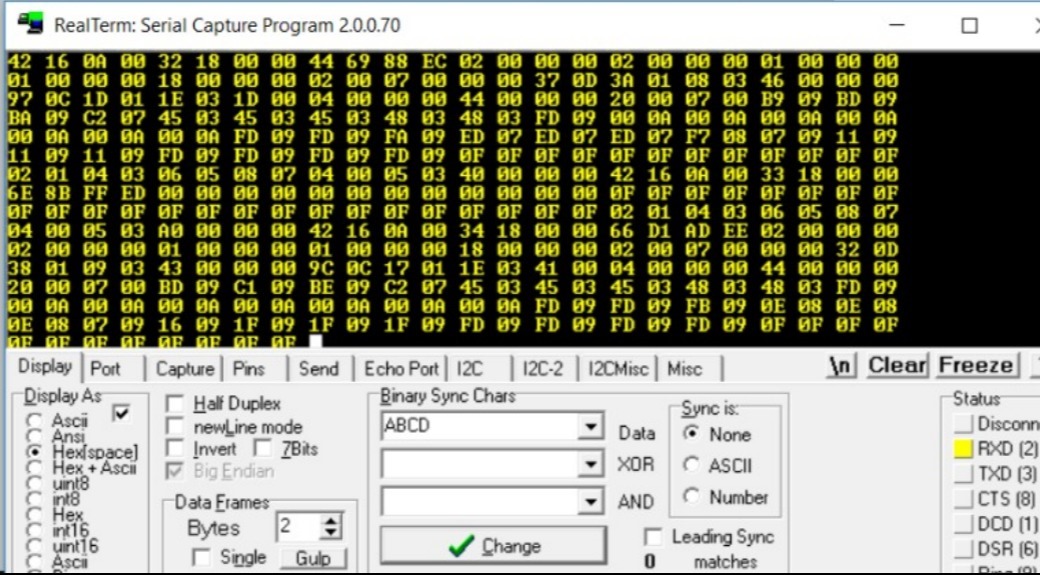Hi forum,
I followed the user guide to run the project.
Now I want to make sense of this data with c#.
I read the User's Guide
I know the data structure is like this but I don't know what the Frame Header is in the data I received as above.
This is the data I receive.



